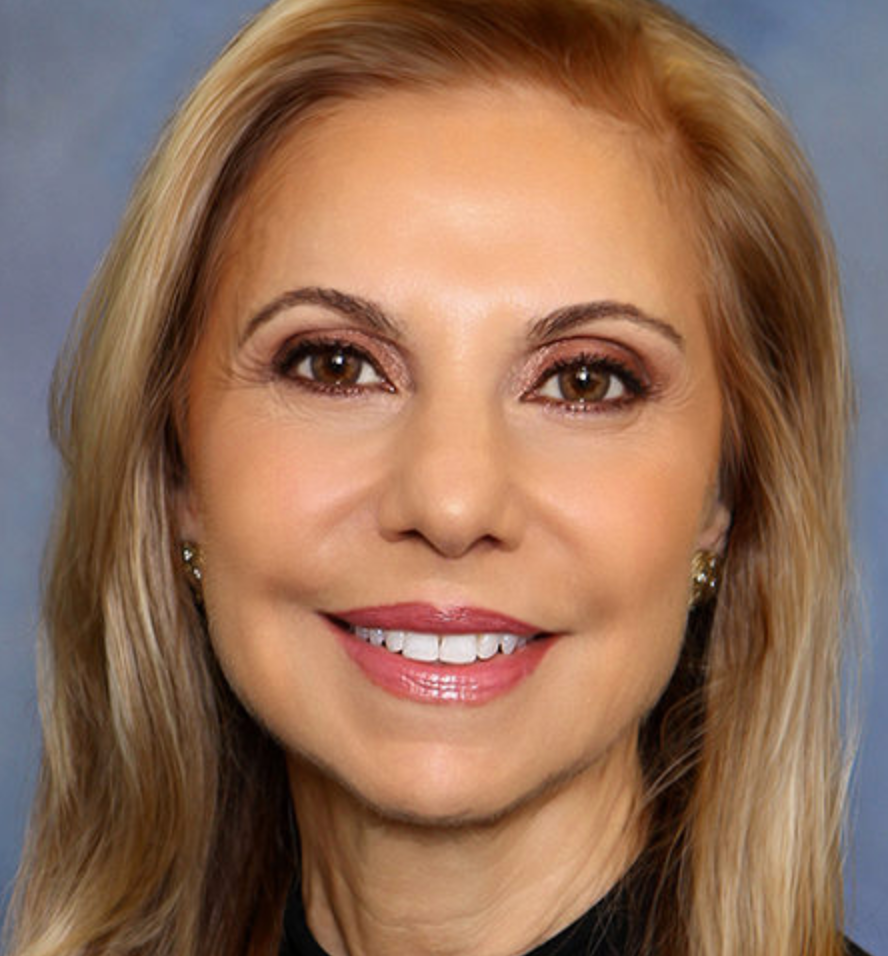Article
The MGD patient journey: maintenance over time
Author(s):
Cynthia Matossian, MD, FACS, ABES, continues her discussion on MGD treatment by explaining why it's important for patients to understand that MGD and dry eye are lifelong, chronic conditions requiring regular maintenance and monitoring.


Special to Ophthalmology Times®
In my previous blog post I talked about the first steps in the journey for a newly diagnosed meibomian gland dysfunction (MGD) patient. The journey doesn’t end with a single LipiFlow (Johnson & Johnson Vision) treatment, however.
It is important for patients to understand that MGD and dry eye are lifelong, chronic conditions that will require regular maintenance and monitoring.
MGD patients should not be on an annual visit schedule. Initially, I may see the patient every 3-6 weeks and keep adding or titrating treatments until the condition is on track to being well managed.
Read the first installment: The MGD patient journey: diagnosis and initial treatment
There is no cookie-cutter treatment for this disease. Some patients need more mechanical debridement of the lid margin, while others have a more inflammatory etiology or require more extensive lipid support. Every patient needs a customized treatment plan.
Following thermal pulsation therapy, if the lid margins still look inflamed, I will often add a prescription immunomodulator such as Restasis (Allergan), Cequa (Sun Pharma), Xiidra (Novartis), or Klarity-C (ImprimisRx), sometimes with a steroid bid, for 2-3 weeks only, to kickstart the healing and reduce burning and stinging from the immunomdulator drop.
I like to use Inveltys (Kala) or Lotemax SM / Lotemax gel drops (Bausch + Lomb) because loteprednol has a low propensity to cause IOP rise.
Eysuvis (Kala Pharmaceuticals) is now available (FDA approval, October, 2020) for the treatment of the signs and symptoms of short-term dry eye including dry eye flares.
If the patient has significant blepharitis, with lots of lash debris and collarettes that are indicative of Demodex infestation, I would recommend an at-home treatment with Cliradex tea tree oil wipes (BioTissue) and/or the NuLids (NuSight Medical) lid cleaning device.
Related: When at first you don’t succeed with MGD patients, keep trying
An in-office microblepharoexfoliation (BlephEx) would also be a good option.
In the future, we may have a new Demodex-targeting blepharitis treatment from Tarsus Pharmaceuticals available as a drop. We are not going to see good results from other therapies if the lid margins and the lash bases are collecting debris.
For patients with significant telangiectasia, rosacea, or a corrugated lid margin appearance, I will also recommend a series of 4 intense pulsed light (IPL) treatments, performed 2-3 weeks apart with the Optima IPL (Lumenis) laser.
IPL does not replace thermal pulsation; instead, it provides a synergistic effect by closing off the abnormal blood vessels that are leaking inflammatory mediators.
IPL can only be performed on those with Fitzpatrick skin type 1-4, so it may not be suitable for patients of African or South Asian descent, or others with darker skin tones.
Once the ocular surface of an MGD patient is stabilized — quiet eyes and compliant with in-office and at-home treatments — I like to see them every 6 months for follow-up.
Related: Determining where thermal pulsation + IPL therapy meet
Ideally, I would like to perform LipiFlow every 12 to 18 months, and a maintenance IPL (single treatment) every 6 to 12 months.
I am currently studying the effects of a combined thermal pulsation/IPL regimen, but my clinical impression is that the two potentiate each other to keep the treatment effects going over time.
With a customized treatment plan, good patient education, and transparent explanations to the patient of the need for ongoing maintenance, we can effectively improve tear film quality and slow worsening of MGD over time.
Read more by Dr. Matossian
Newsletter
Don’t miss out—get Ophthalmology Times updates on the latest clinical advancements and expert interviews, straight to your inbox.




